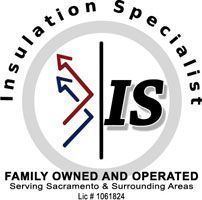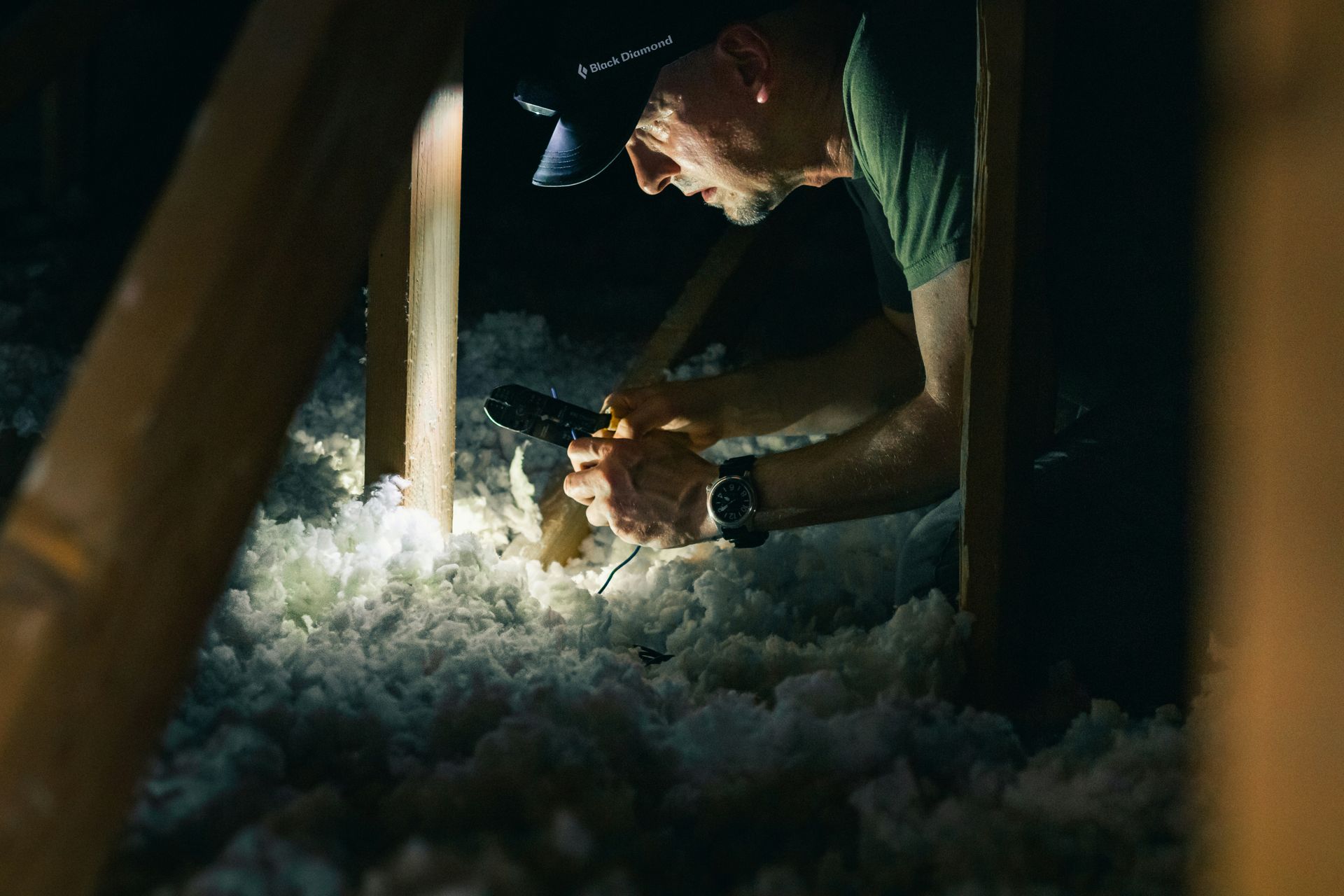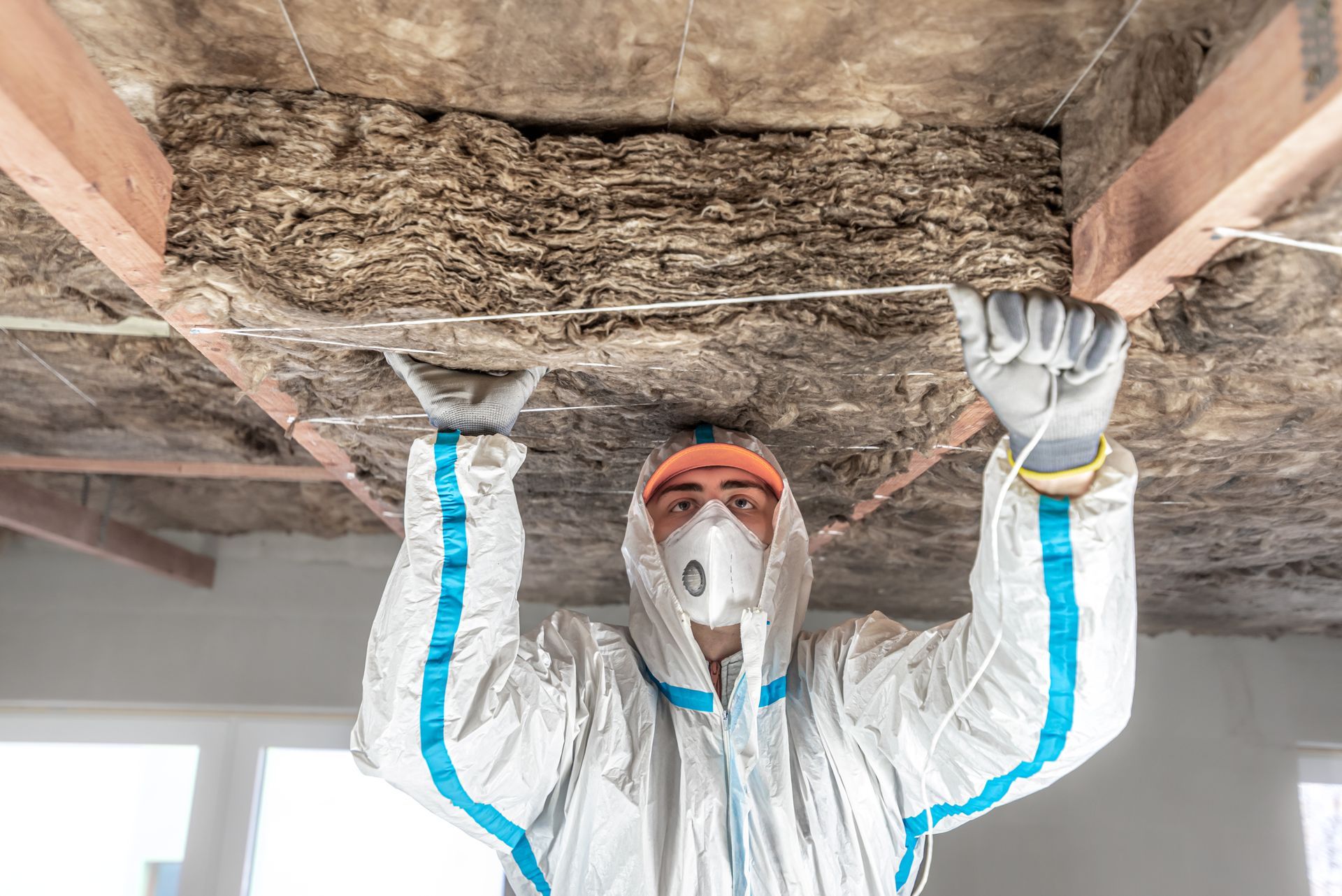How to Install Fiberglass Insulation for Maximum Energy Efficiency
Properly installing fiberglass insulation is essential for enhancing energy efficiency, reducing heating and cooling costs, and ensuring year-round comfort in your home or commercial property. Whether you’re insulating a new construction project or upgrading existing insulation, understanding the right techniques can make a significant difference. This guide will walk you through how to install fiberglass insulation for maximum energy efficiency.
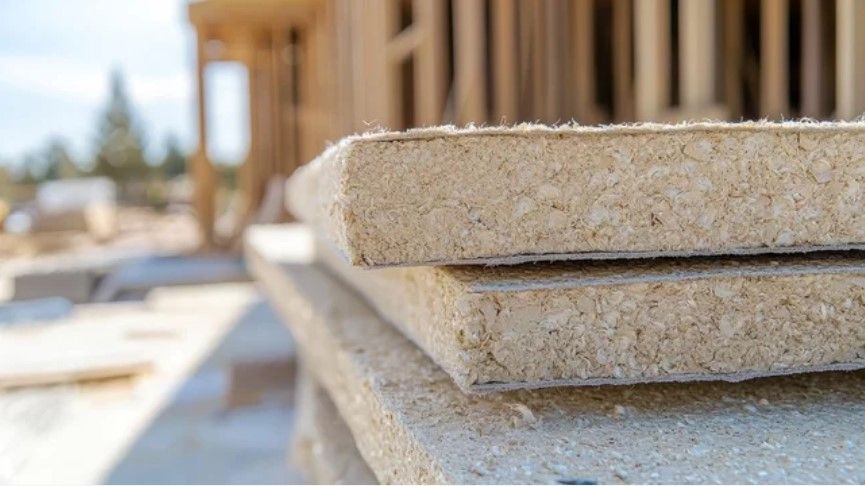
Slide title
Write your caption hereButton
Understanding the Benefits of Fiberglass Insulation
Fiberglass insulation is one of the most popular choices for homeowners and contractors due to its affordability, durability, and effectiveness in regulating indoor temperatures. Here are some of the key benefits:
- Energy Savings: Properly installed fiberglass insulation minimizes heat loss in winter and heat gain in summer, reducing energy bills.
- Soundproofing: It helps dampen noise between rooms, creating a quieter living or working environment.
- Moisture Resistance: While not completely waterproof, fiberglass insulation resists moisture and mold growth when installed correctly.
- Eco-Friendly: Many fiberglass insulation products contain recycled materials, making them an environmentally responsible choice.
Tools and Materials Needed
Before beginning your installation, gather the following tools and materials:
- Fiberglass insulation batts or rolls
- Utility knife or insulation cutter
- Tape measure
- Safety goggles, gloves, and long-sleeved clothing
- Staple gun (for faced insulation)
- Vapor barrier (if required)
- Caulk and expanding foam (to seal gaps and cracks)
- Wire insulation supports (for floors and crawl spaces)
Step 1: Preparing the Area for Installation
Preparation is key to ensuring a seamless installation process. Follow these steps to get started:
- Measure the Space: Use a tape measure to determine the dimensions of the area you need to insulate. This will help you cut insulation batts or rolls to the correct size.
- Seal Air Leaks: Before installing insulation, inspect for gaps and cracks around windows, doors, and electrical outlets. Use caulk or expanding foam to seal any leaks.
- Turn Off Power: If you’re insulating around electrical wiring, turn off the power at the breaker box to avoid accidental contact with live wires.
- Wear Protective Gear: Fiberglass insulation can irritate the skin and respiratory system, so wear gloves, safety goggles, and a mask while handling it.
Step 2: Installing Fiberglass Insulation in Walls
Fiberglass insulation comes in two main types: faced (with a vapor barrier) and unfaced. The installation method depends on the type you choose.
- Cut the Insulation to Size: Use a utility knife to cut insulation batts slightly longer than the space between wall studs for a snug fit.
- Fit Between Studs: Gently press the insulation between the studs, ensuring it fills the space without being compressed.
- Secure Faced Insulation: If using faced insulation, staple the flanges to the sides of the studs. Avoid over-stapling, as this can create gaps.
- Handle Electrical Wires Properly: For wiring running through studs, split the insulation and place half behind the wire and half in front to maintain insulation efficiency.
- Cover with Drywall or Vapor Barrier: Once installed, cover the insulation with drywall or a vapor barrier if required by local building codes.
Step 3: Installing Fiberglass Insulation in Attics
Attic insulation is crucial for reducing heat loss and maintaining a consistent indoor temperature. Here’s how to install fiberglass insulation in your attic:
- Check Existing Insulation: If your attic already has insulation, determine if additional layers are needed to meet recommended R-values.
- Lay Insulation Rolls Perpendicular: If adding a second layer, place insulation rolls perpendicular to the first layer to reduce heat transfer.
- Cover Gaps and Openings: Pay extra attention to insulating around attic access doors, vents, and ductwork to prevent heat loss.
- Ensure Proper Ventilation: Avoid blocking soffit vents to allow for proper airflow and moisture control.
- Use Blown-In Insulation for Hard-to-Reach Areas: If your attic has tight spaces, consider using blown-in fiberglass insulation for full coverage.
Step 4: Installing Fiberglass Insulation in Floors and Crawl Spaces
Insulating floors and crawl spaces can help prevent drafts and improve overall energy efficiency. Follow these steps:
- Use Insulation Supports: If insulating between floor joists, use wire insulation supports to hold the batts in place.
- Install a Vapor Barrier: In crawl spaces, add a vapor barrier over the ground to prevent moisture buildup and mold growth.
- Seal Air Gaps: Use spray foam or caulk to seal gaps where air might escape.
- Secure Insulation: Ensure insulation is snugly fitted but not compressed, as compressing reduces effectiveness.
- Check for Pest Protection: In crawl spaces, ensure the insulation is properly enclosed to prevent pests from nesting.
Step 5: Post-Installation Inspection and Cleanup
After installing fiberglass insulation, perform a final inspection:
- Check for Gaps: Look for any uninsulated areas or gaps and fill them accordingly.
- Replace Vapor Barrier: If required, install or replace vapor barriers to prevent moisture damage.
- Clean Up Debris: Dispose of insulation scraps and vacuum any loose fibers.
- Monitor for Settling: Over time, check if the insulation settles and make adjustments if necessary.
- Verify Energy Savings: Monitor your energy bills to assess the effectiveness of the insulation upgrade.
Contact Insulation Specialist Inc. for Professional Installation in Kelsey, CA
While
installing fiberglass insulation can be a DIY project, professional installation ensures maximum energy efficiency and compliance with industry standards. At
Insulation Specialist Inc., we provide expert insulation services in Kelsey, CA, ensuring your home or business stays comfortable year-round. We also install
loose-fill insulation and
spray foam insulation. Contact us today at
(530) 401-3779 for a consultation and let our experienced team handle all your insulation needs.
FAQs
What R-value is best for my home?
The recommended R-value depends on your climate and the area being insulated. For walls, R-13 to R-21 is common, while attics may require R-30 to R-60 for maximum efficiency.
Can I install fiberglass insulation over existing insulation?
Yes, as long as the existing insulation is in good condition. Lay unfaced insulation over the old insulation without compressing it.
Is fiberglass insulation safe to handle?
Fiberglass insulation can irritate the skin and lungs, so wearing protective gear (gloves, goggles, and a mask) is recommended when handling it.
How long does fiberglass insulation last?
Fiberglass insulation can last 20 to 100 years if properly installed and maintained. However, it should be replaced if it becomes wet or heavily compacted.
Should I use a vapor barrier with fiberglass insulation?
A vapor barrier is recommended in high-humidity areas to prevent moisture buildup, especially in crawl spaces and basements.
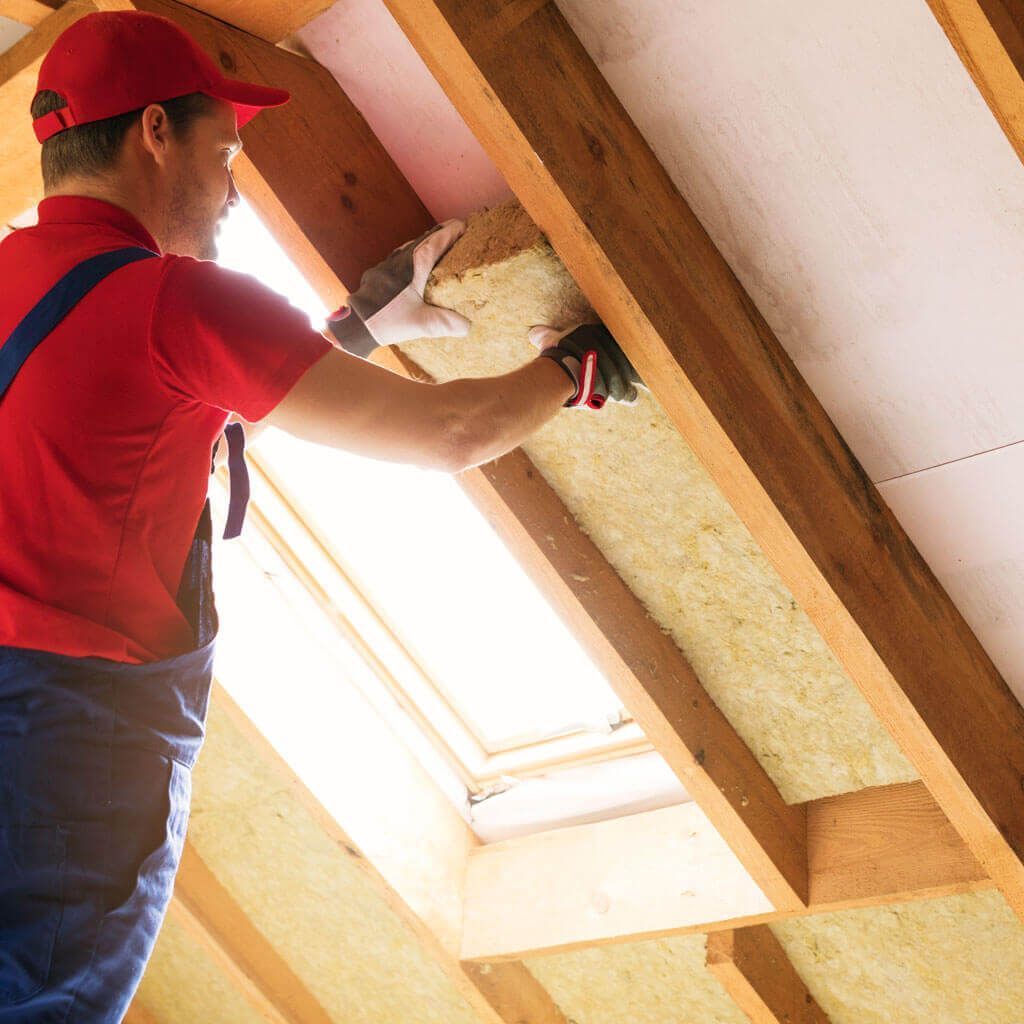
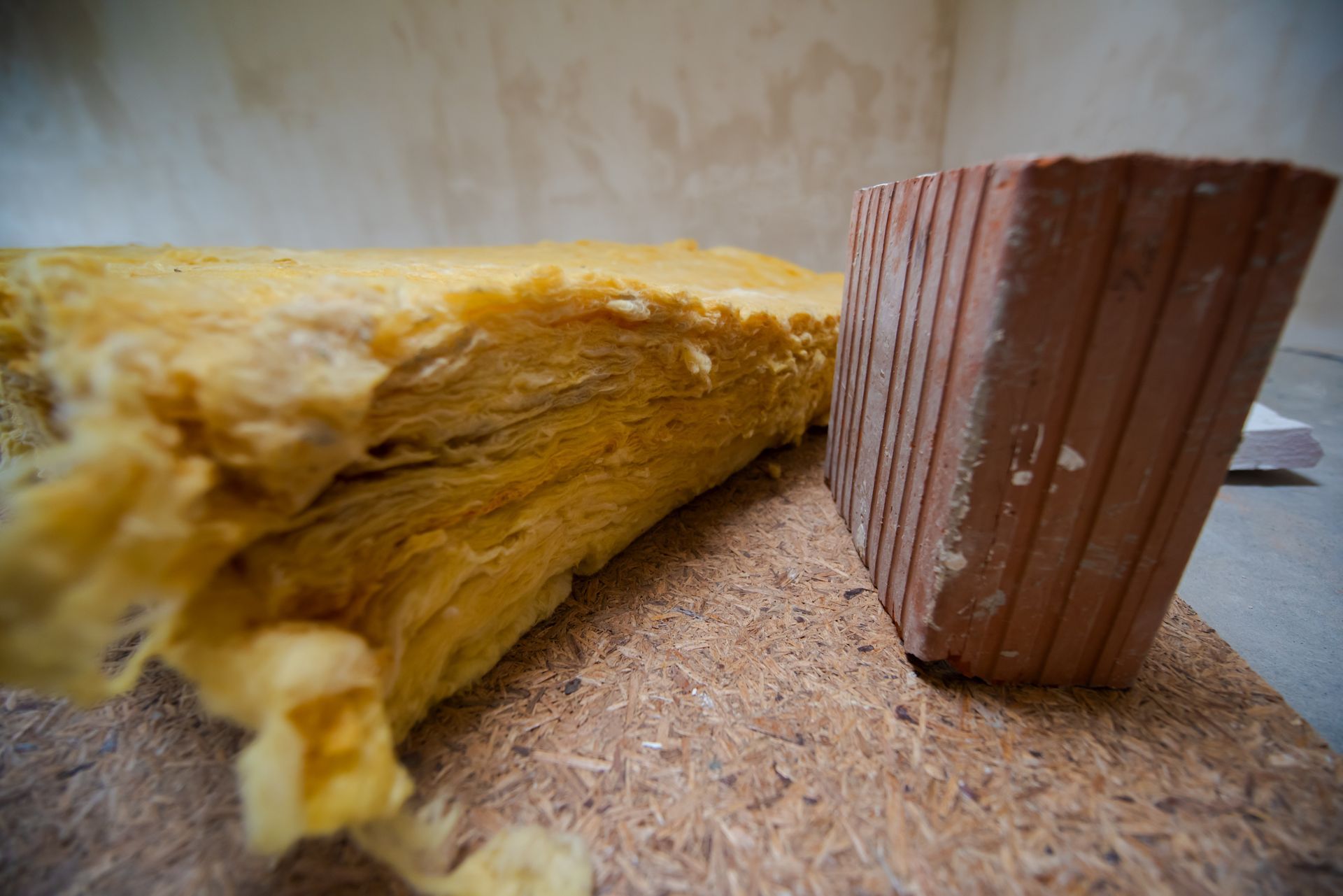
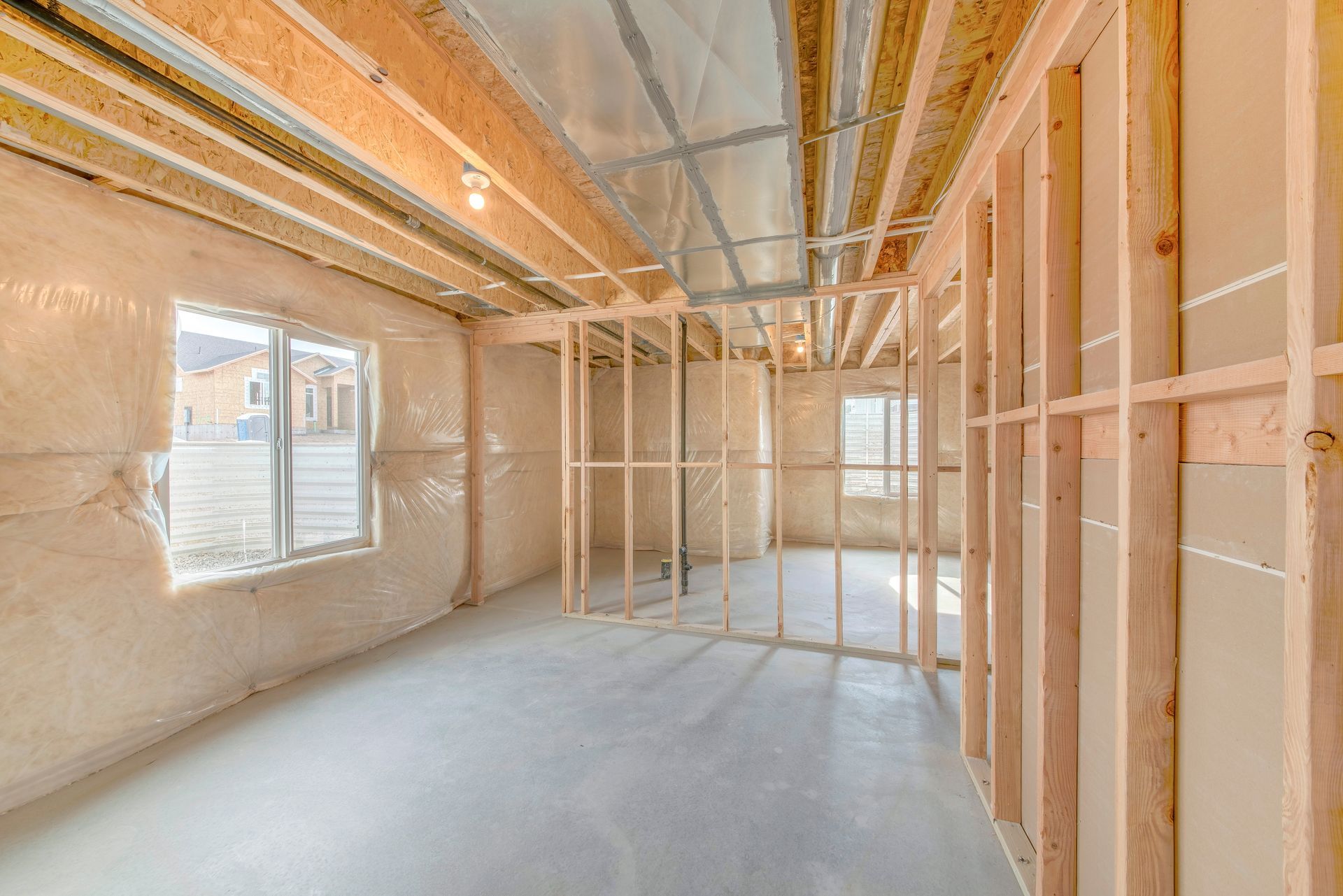
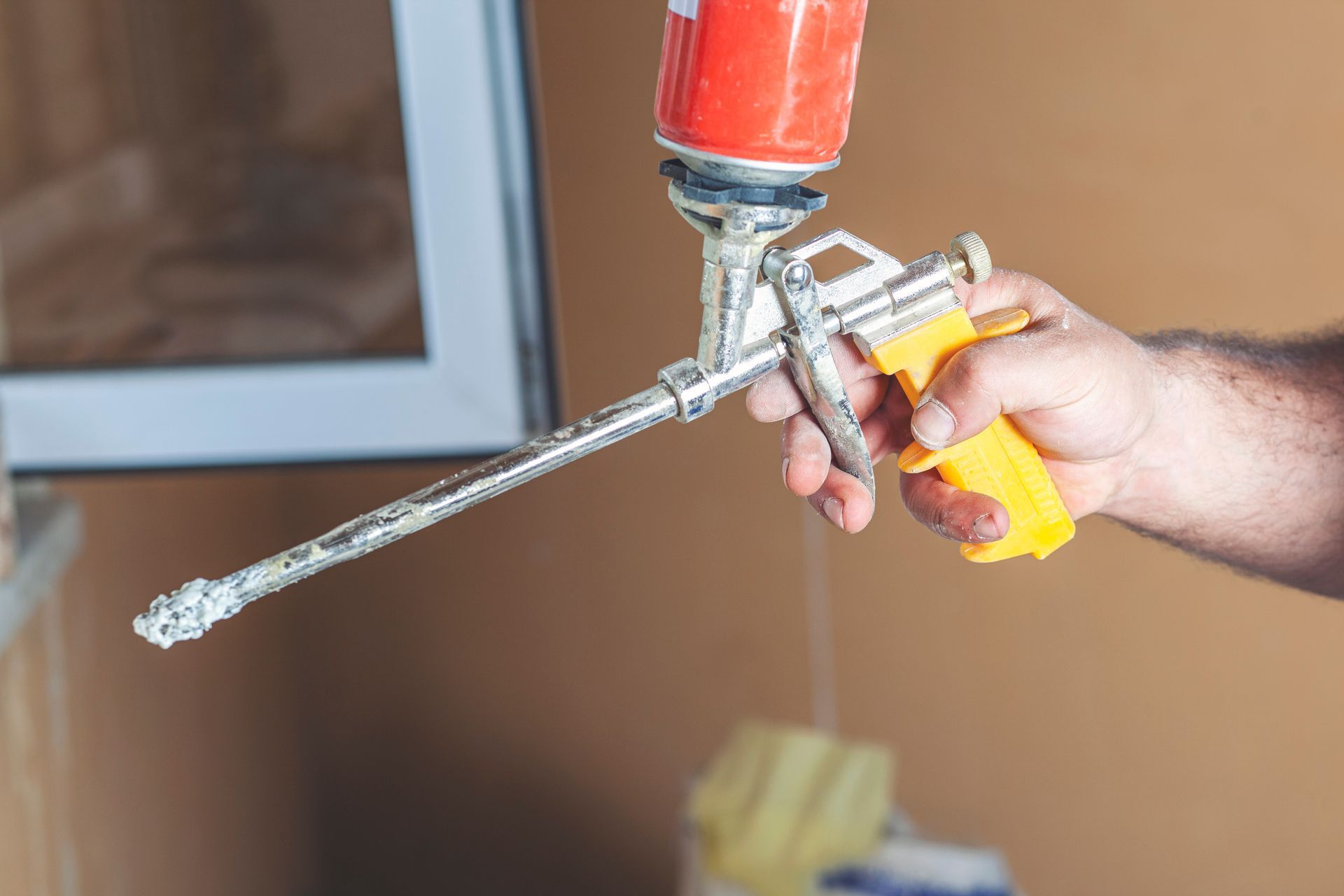
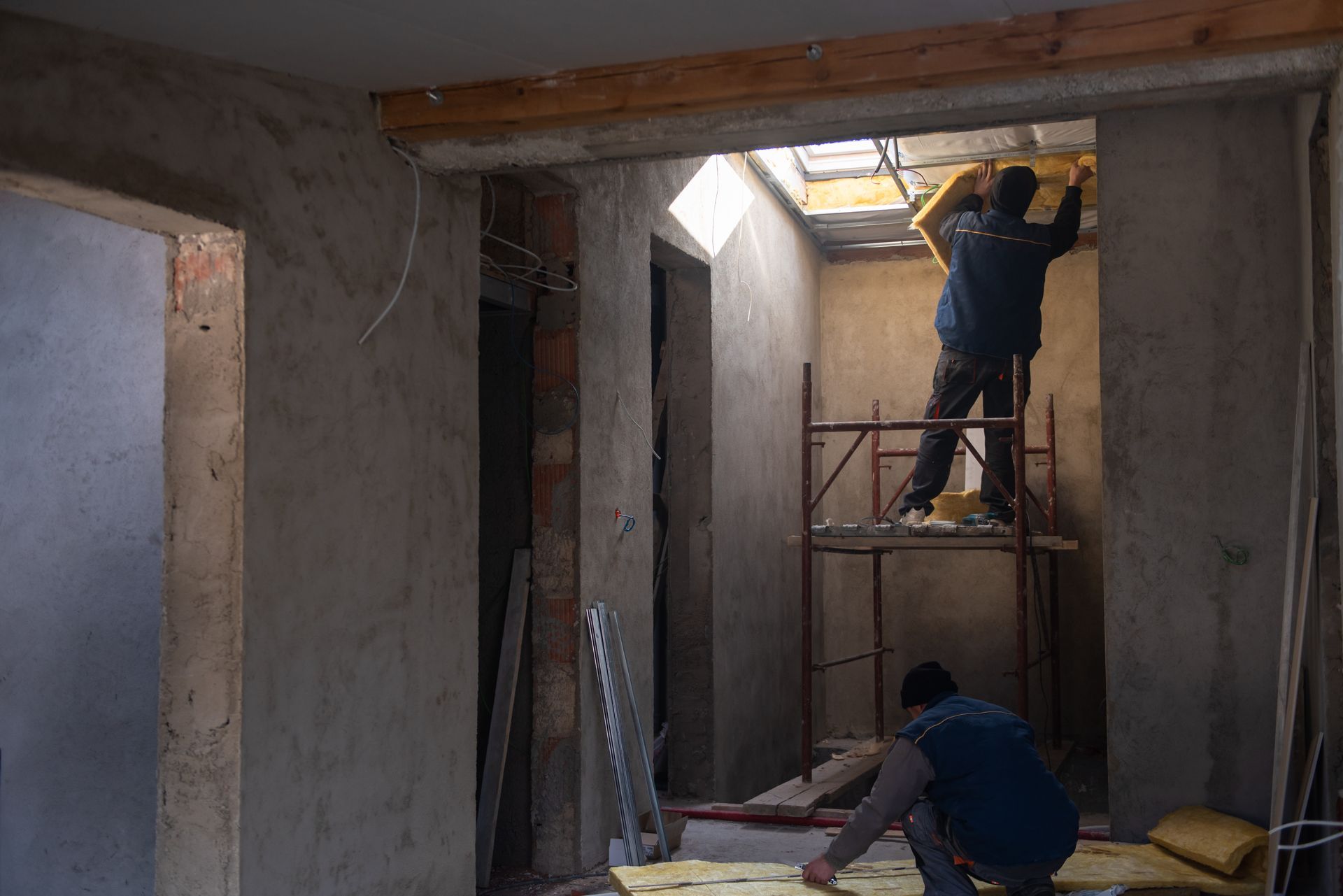
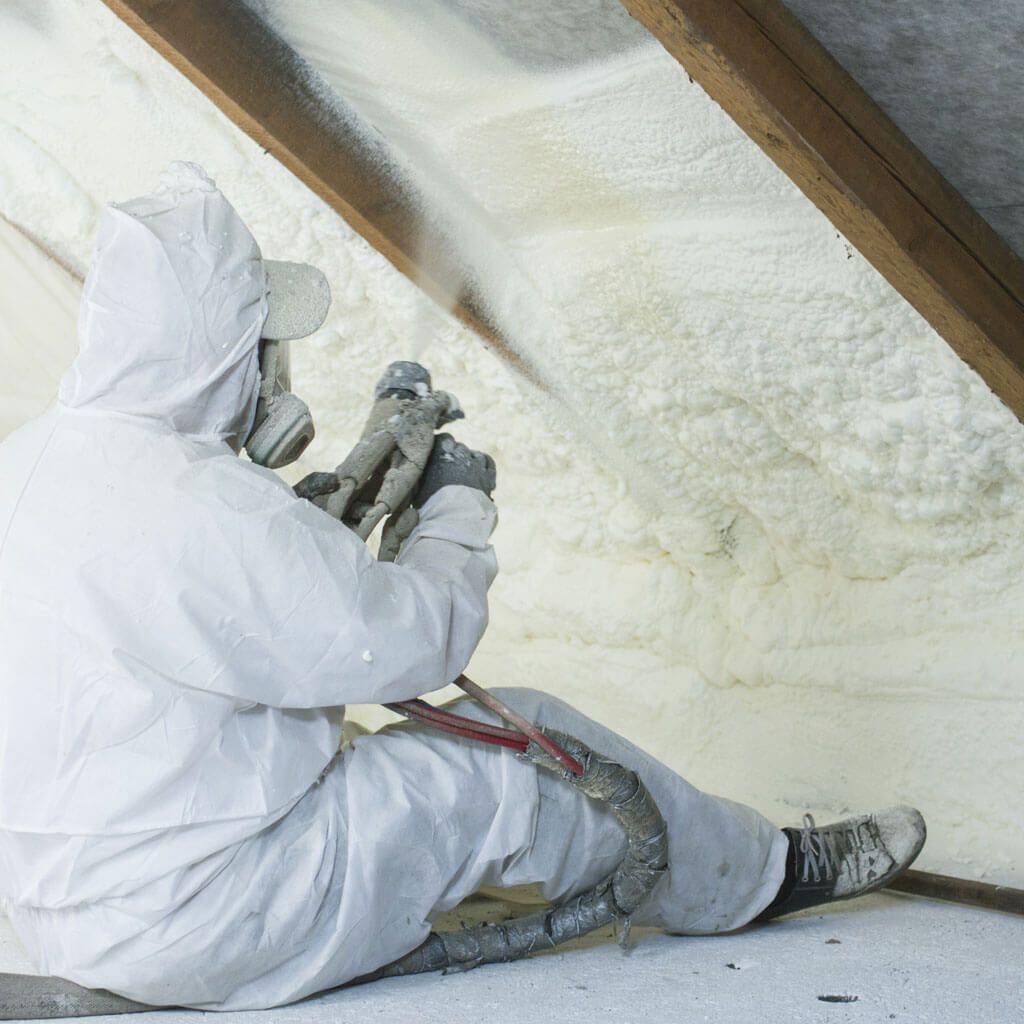

Hours of Operation
- Mon - Fri
- -
- Saturday
- Appointment Only
- Sunday
- Closed
Payment Methods








Insulation Specialist Inc | All Rights Reserved
